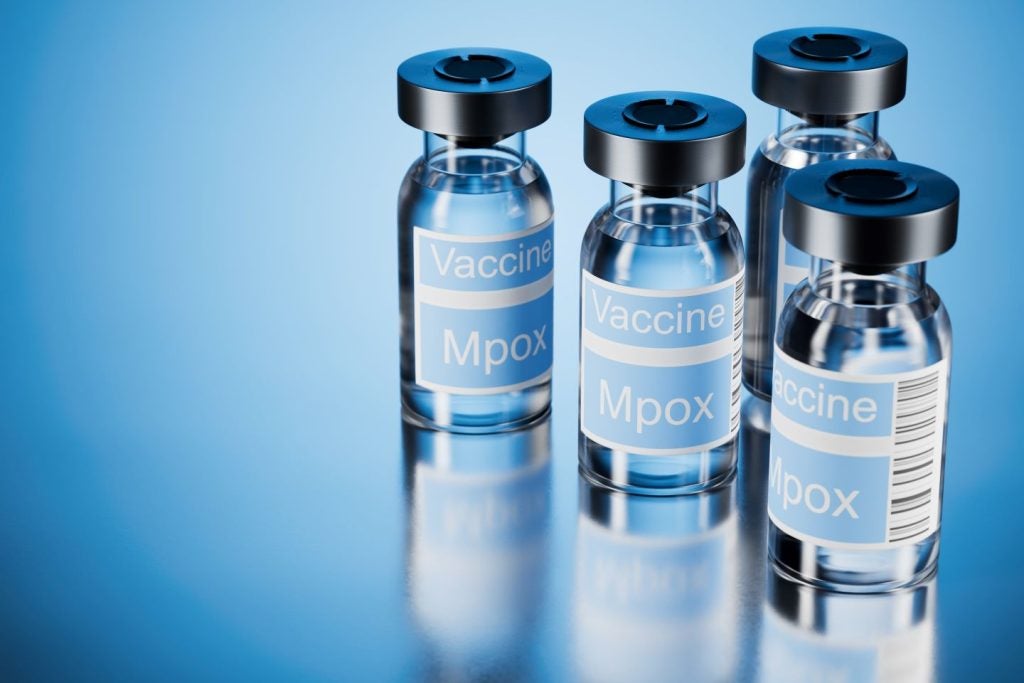At IDWeek 2024 in Los Angeles, California, recent updates on mpox (formerly known as monkeypox) were discussed. Significant advancements and remaining hurdles in vaccination strategies and outbreak management were highlighted, particularly about high-risk communities and regions with limited healthcare infrastructure.
The ongoing mpox crisis in Africa led the World Health Organization (WHO) to declare a Public Health Emergency of International Concern (PHEIC), the highest level of alarm under international health regulations, in August 2024. The outbreak is being driven by the clade Ib strain, which was first detected in the Democratic Republic of Congo (DRC) in September 2023, and is associated with a high mortality rate. The clade I strain exhibits distinct clinical, geographic, and epidemiological characteristics that influence local transmission patterns, particularly in rural areas where zoonotic transmission from rodents and primates to humans is common. Individuals in these endemic areas, particularly immunocompromised populations, are especially vulnerable, underscoring the need for effective therapeutic options and tailored public health measures. In particular, children are at higher risk due to frequent exposure in rural settings where close contact with infected animals is common, often leading to severe symptoms like respiratory issues and systemic involvement. Limited healthcare resources contribute to delayed diagnosis and treatment, worsening outcomes among pediatric cases, which underscores the urgent need for targeted interventions to protect children in affected areas.
Comparatively, the slower mutation rate of the mpox virus (MPXV), a DNA virus, presents an advantage over viruses such as SARS-CoV-2 by maintaining vaccine effectiveness across clades due to its genetic stability. Vaccines currently available to the global market are Bavarian Nordic’s MVA-BN (JYNNEOS), KM Biologics’ LC16, and Emergent BioSolutions’ ACAM2000. The leading mpox vaccine, JYNNEOS, effective for both clade I and clade II, is strategically positioned to protect against diverse viral strains. On the issue of vaccine durability, evidence supports that the JYNNEOS vaccine offers protective immunity lasting up to five years post-primary vaccination series, although long-term data remains inconclusive.
In Africa, limited vaccine access remains a challenge in addressing the mpox outbreak. To combat the crisis, international partnerships have focused on providing vaccines and treatments. South Korea, the European Commission’s Health Emergency Preparedness and Response Authority (HERA), and WHO Member States and organizations, including the Vaccine Alliance (Gavi), as well as vaccine manufacturers, have donated or pledged to donate mpox vaccines.
The WHO and partners have also launched the Access and Allocation Mechanism (AAM) to equally distribute mpox vaccines and medical supplies to affected regions. In October 2024, the WHO further activated the Global Health Emergency Corps (GHEC), bringing together leaders from affected and experienced countries to discuss effective control measures.
Efforts extend to research, with Bavarian Nordic initiating a clinical trial for its JYNNEOS vaccine for children aged 2–11 in the DRC and Uganda, potentially broadening vaccine accessibility to younger age groups (the vaccine is currently approved for use in adults and adolescents). Other research efforts, including studies on the antiviral tecoviromat, are crucial for improving access to vaccines and therapeutics, understanding clade I’s epidemiology, and strengthening control efforts in these high-risk African regions.
As mpox continues to evolve, further research on long-term vaccine efficacy, combined with adaptive public health strategies, will be critical for effective control and prevention of future outbreaks.









